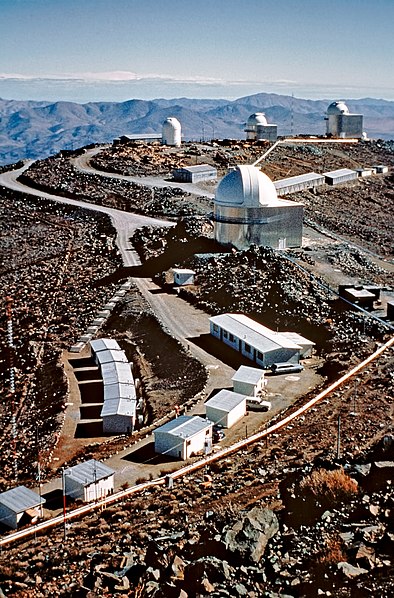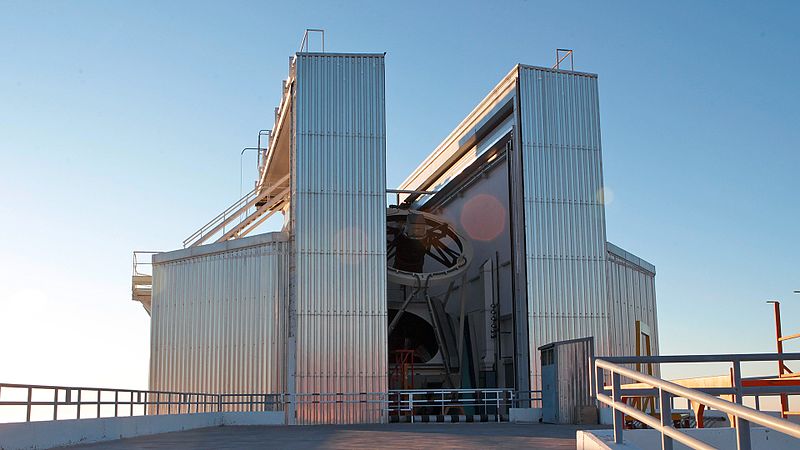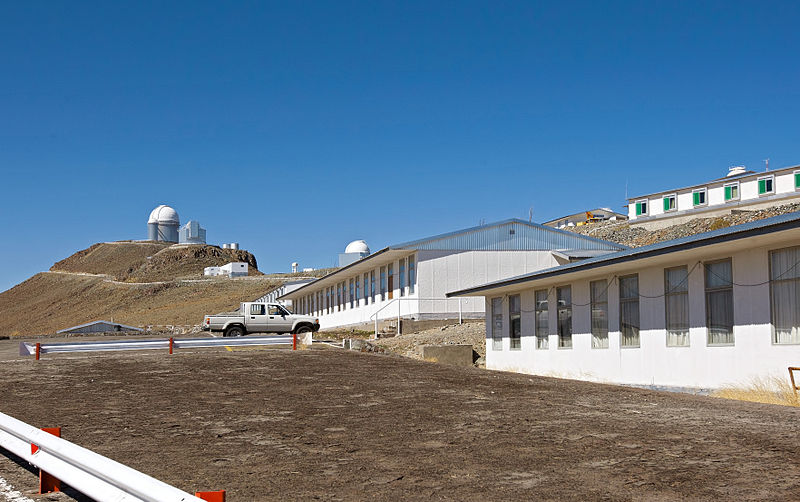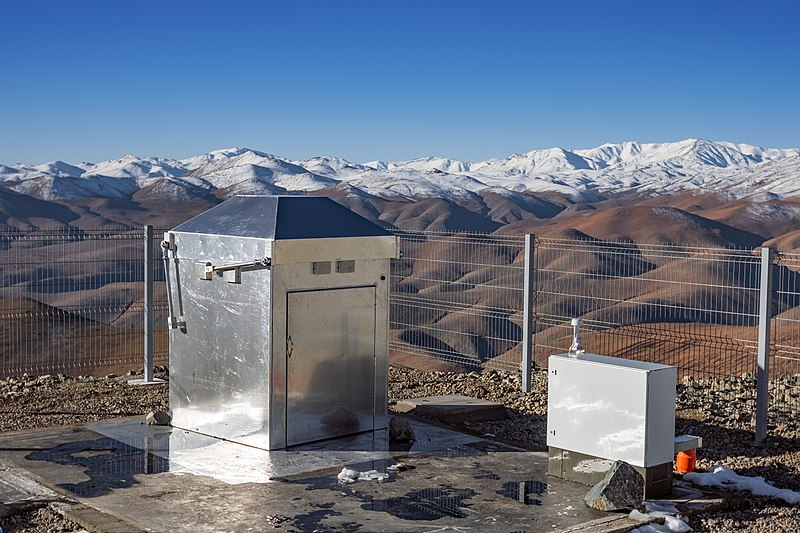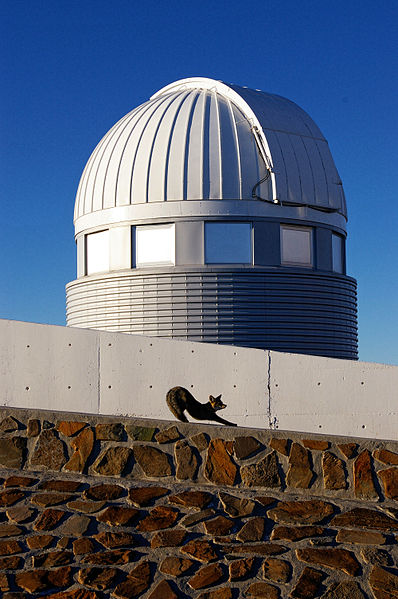La Silla Observatory
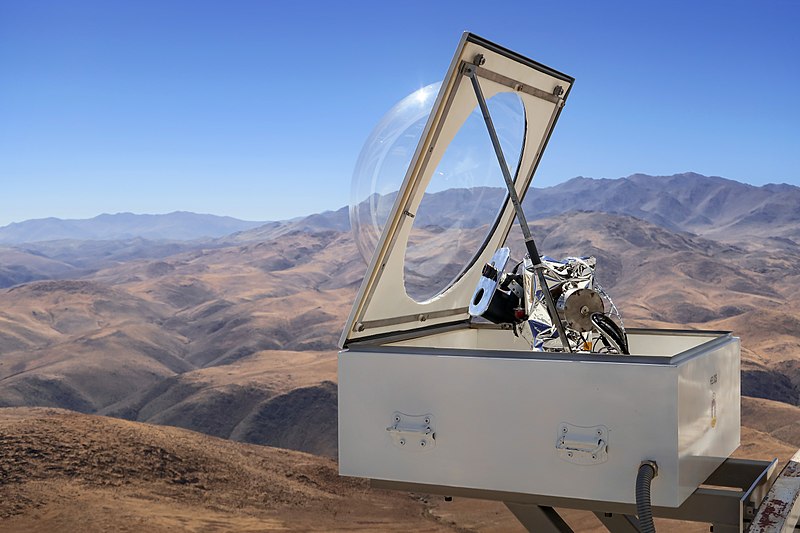
Facts and practical information
Perched atop the arid peaks of the Atacama Desert in Chile, the La Silla Observatory is a testament to humanity's quest to unravel the mysteries of the cosmos. This sophisticated planetarium, operated by the European Southern Observatory (ESO), is a hub for astronomical research and a beacon for stargazers worldwide.
At an altitude of approximately 2,400 meters above sea level, La Silla enjoys remarkably clear skies for more than 300 nights a year, making it an ideal location for peering into the depths of space. The observatory is equipped with a fleet of telescopes, including the highly regarded 3.6-meter ESO telescope, which has been instrumental in a myriad of astronomical discoveries since its inception in the late 1970s.
La Silla's contributions to science include the study of exoplanets, the observation of distant galaxies, and the monitoring of stellar phenomena. It is also home to the HARPS (High Accuracy Radial velocity Planet Searcher) spectrograph, one of the most successful planet hunters in the quest to find Earth-like worlds orbiting other stars.


